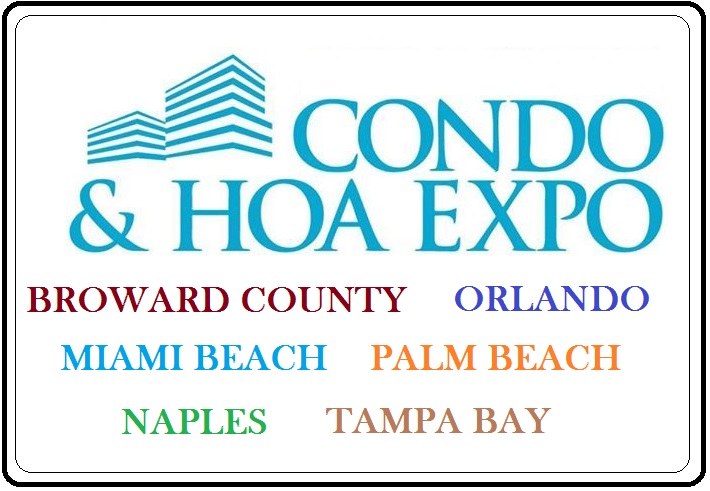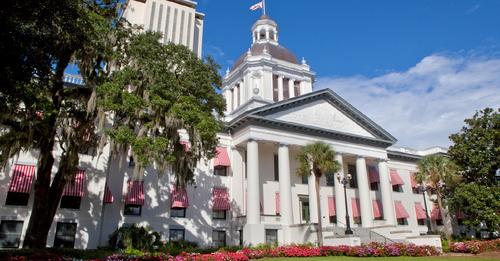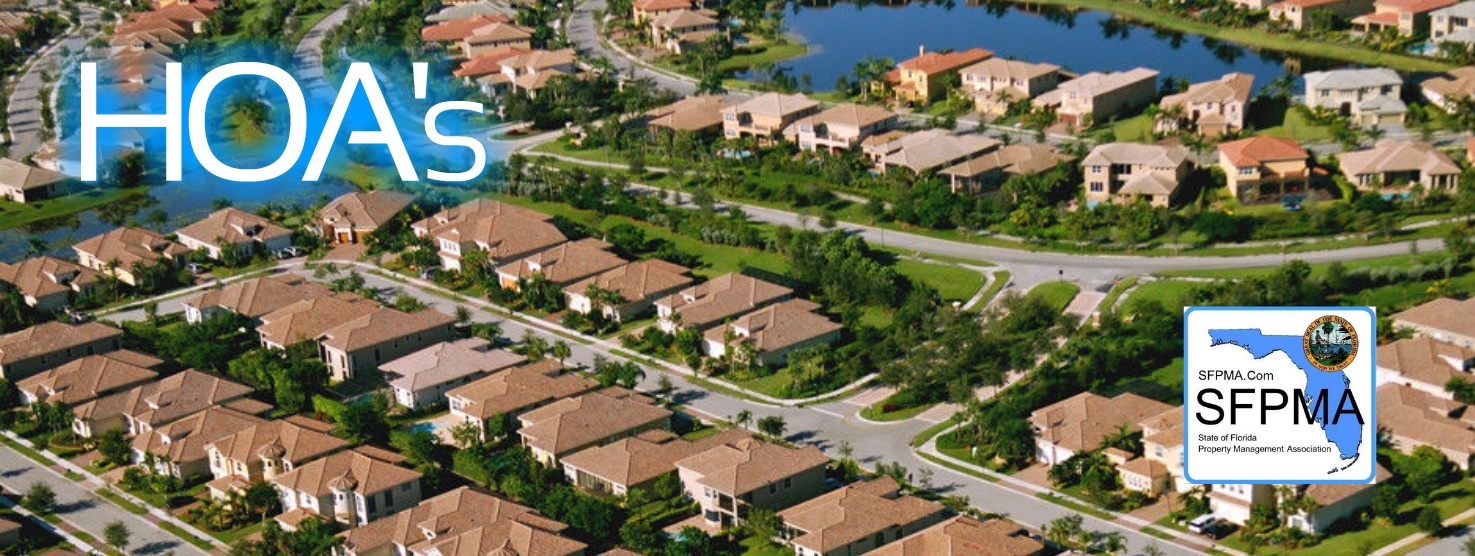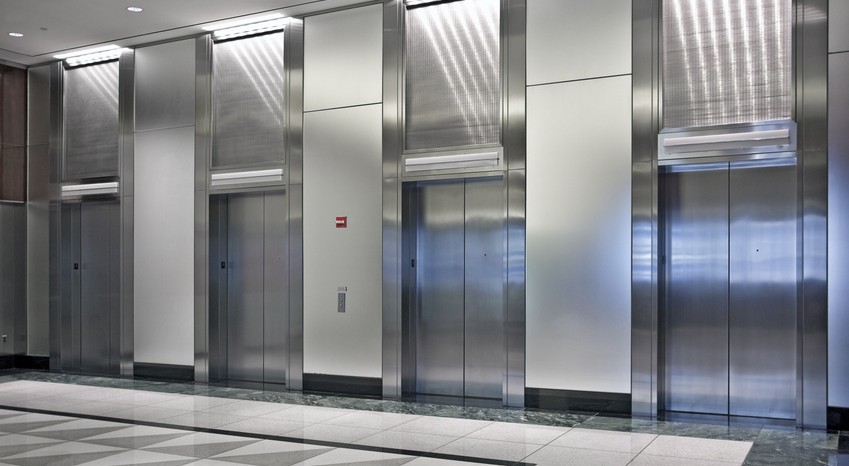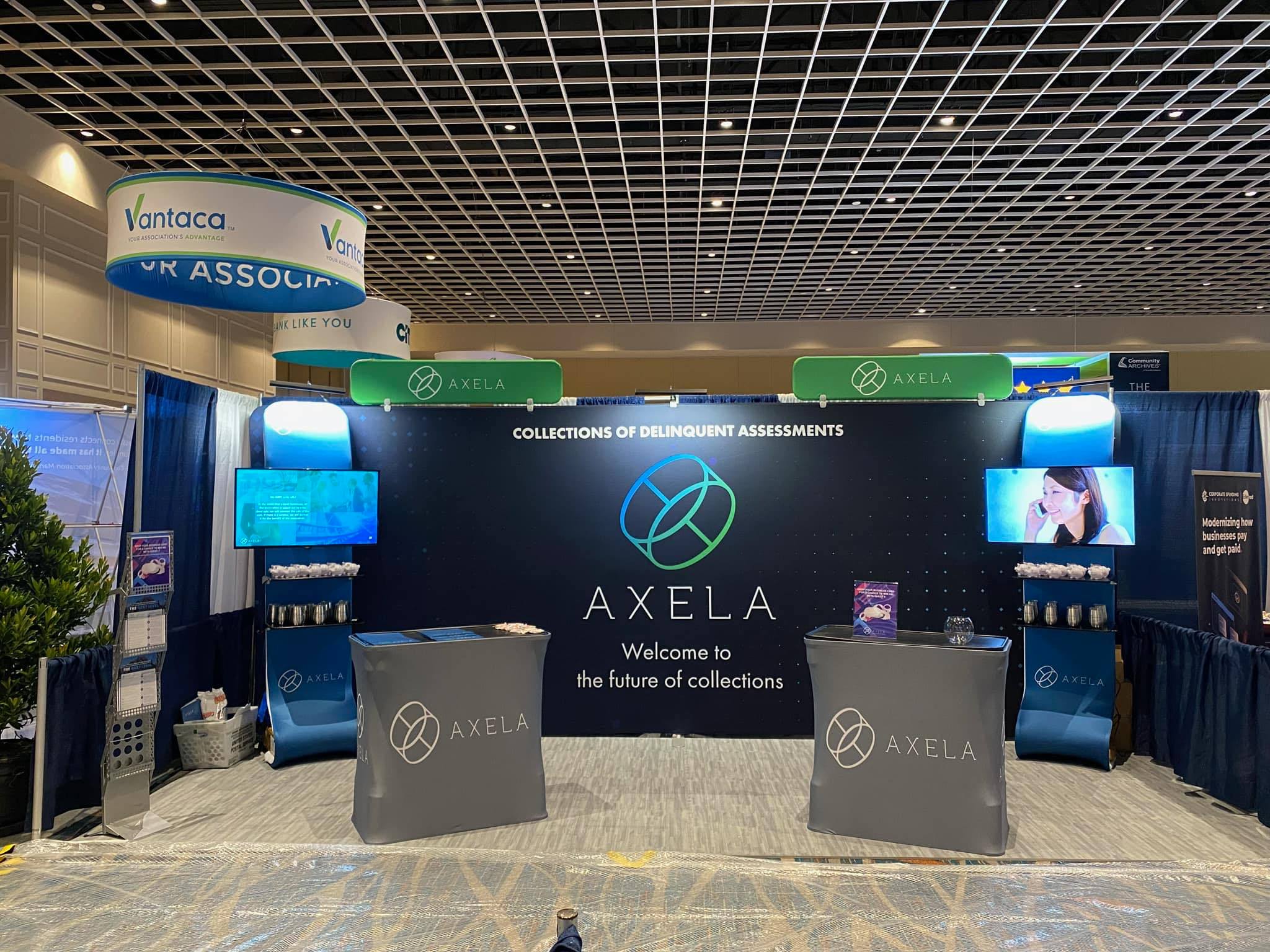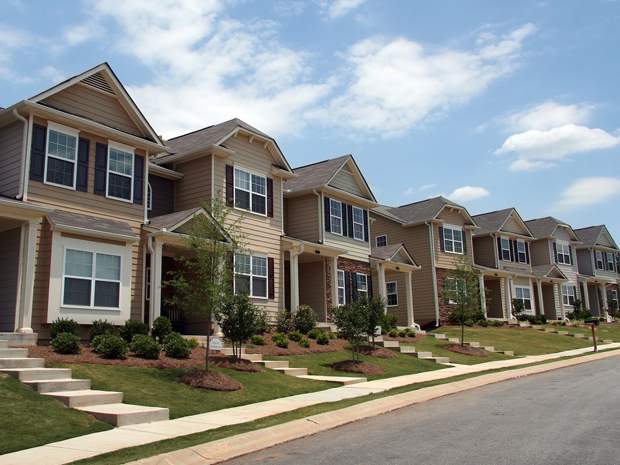Homeowner claims her house was foreclosed and sold by HOA without her knowing
NORTH CAROLINA — When the caller on the other end of the phone asked Trenita Rogers when she was moving out of her house, she thought it was a joke.
She’s owned her home in Pitt County, North Carolina, for 12 years and even paid it off. So she was shocked when a man told her that he’d bought it.
“I said, ‘I don’t know anything about that.’ And he said, ‘Yeah, I bought your home in an upset bid and I need to know when you will be moving,'” Rogers remembered.
She quickly found out he wasn’t lying. At the county courthouse, she found the paper that showed that her home, which is valued at $413,000, was sold for just over $221,000.
The sale came after the property was foreclosed on — something that Rogers said also happened without her knowledge.
This all stemmed from a debt of $1,491 to an HOA that Rogers didn’t know she was a part of.
“I’ve been there for 12 years. I’ve never paid an HOA. I’ve never been invited to an HOA,” Rogers said.
The debt was an accumulation of a decade’s worth of annual HOA dues.
Rogers said she would have paid the debt if she had known. Court records show the HOA had filed liens against Rogers’ property in the past for late dues. A lien is on file for the property in 2013 and 2017; both for unpaid HOA dues. Rogers claimed she was unaware of these.
This summer, Rogers eventually got an eviction notice. She moved out of her “forever” home and is living with a friend.
“My life has become an open book,” Rogers said. But now, she is working to reverse the last chapter.
Rogers hired Chapel Hill-based attorney Jim White to fight for her home back.
“I told my daughter, I said, ‘Mom’s gonna fight for this because this is wrong,'” Rogers said.
White said Rogers did receive letters from a law office but she thought they were junk mail and the law requires more notification than that.
“The HOA never served her lawsuit papers. They just didn’t do it and that is fatal,” White said.
White explained the papers for the foreclosure hearing were sent out as certified mail but instead of getting Rogers’ signature, the mail carrier just wrote C-19 for COVID-19 in place of the signature. This practice was used at the height of the pandemic to limit carriers’ exposure to the virus. Rogers claimed she never saw the documents from the mail carrier.
“The law says you’ve got to serve somebody. You’ve got to. If you’re suing somebody, you’ve got to make sure that they’ve gotten notice,” White said. “The thought that someone could just casually move forward at someone’s home over a $1,400 debt without turning over heaven and earth to make sure that they knew just seems wrong to me.”
The lawsuit White filed on Rogers’ behalf does state that someone from the Pitt County Sheriff’s Office did try twice to deliver a notice of the hearing in-person last September, but they were “unsuccessful.”
Rogers’ HOA, Irish Creek Section 2 Owners Association, declined to comment on the issue, citing the pending lawsuit.
The attorney representing the seller who bought Rogers’ home said while Rogers never signed the official papers, the C-19 signature doesn’t mean she didn’t see them. The attorney also said his client bought the house in a competitive bidding process and has been unable to access the home.
Rogers has a court date next month where she hopes to reverse the sale and the foreclosure due to the lack of notification she received.
Unfortunately, White said he continues to hear from clients with similar stories.
He’s seen cases where associations foreclosed on a fully owned home for $250 in unpaid fees. In other instances, the HOA was sending the bills to the wrong address, which led to late fees and then foreclosures.
“We’ve had so many situations of people; these are their neighbors, they knew where they lived. Somebody could have knocked on the door. Somebody could have called and they did not do that,” White said.
White said the law surrounding notification is a big area where small legal changes could make a difference.
“I think the problem is there really is no such thing as an HOA foreclosure defense in North Carolina. The law is tilted heavily in favor of homeowners associations,” White said.
He explained HOAs have just as much power as banks in foreclosures, which means they don’t need to go in front of a judge.
While many imagine HOA boards as a group of pesky neighbors, they are often run by national management companies with no real connection to properties.
“The law is set up to protect homeowner associations, not homeowners. The laws were written by lobbyists and attorneys for homeowners associations to make it easier for them to do what they need to do,” said Jason Pickler, a senior staff attorney for the North Carolina Justice Center. “The consumer protections are not robust.”
And often when the issue with the HOA is not over a large amount of money, it can become increasingly challenging for homeowners to find a lawyer to represent them.
Pickler said additionally there is also a lack of resources and education for people facing housing issues.
“Even though your home is so important to you… and it’s your biggest asset, unfortunately, if someone is trying to take that home away from you, it’s not criminal; it’s civil,” Pickler said. “So if you don’t have the money to pay an attorney, then you’re scrambling to try to get help.”
White advised residents who do know they have HOA dues and if they know they are behind to get caught up to avoid foreclosure altogether.
But White said there are things lawmakers can do to make this process harder.
“I think the process should be a lot harder. There should be strict notice requirements and strict proof of notice,” White said.
“The law says that an HOA has this right. And then the question is, what you legally can do just versus what ethically is right,” White said. “What’s going on, it’s just not right. It’s really that simple.”
Advice for homeowners with HOAs:
- Stay current on HOA payments and fines.
- White said to become involved with the HOA board. He said to vote, and participate, even run for office.
- Keep notes when interacting with HOAs.
- Before buying into a neighborhood decide if you want to be in one that has an HOA.
- Read the bylaws of the HOA you are buying into before purchasing your home.






